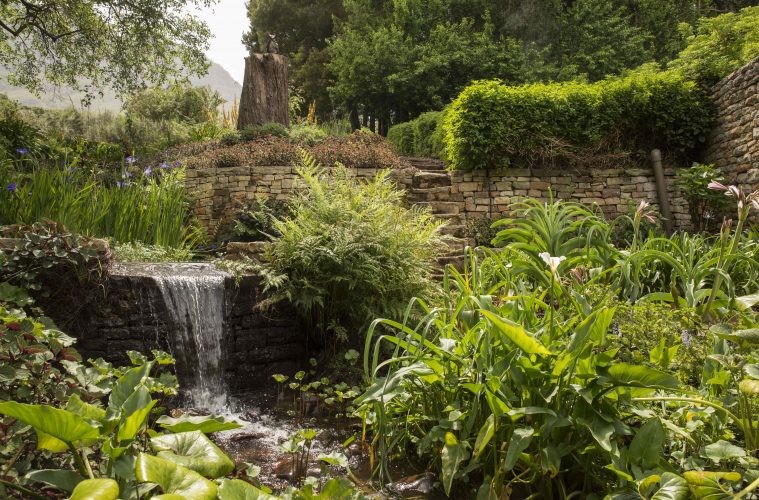Nestled in the Stellenbosch Mountains, the garden at Tokara celebrates the best of South Africa’s biodiversity and climate. We spoke to co-owner Anne-Marie Ferreira about what goes into maintaining the sprawling gardens.
There is lots going on at the Tokara Estate. What does a typical day look like?
Monday is our most important day in the garden as Wendy Attwell, our garden manager and I go through the garden with our gardeners and discuss jobs to be done for the week. The garden is divided into sections and each gardener is responsible for their section. Each person takes pride in their area and tries to make it beautiful. At the moment our quest is to garden organically, although fruit and vegetables are often a challenge. We meet with an expert on Monday mornings to address any concerns we have regarding pests that we have to deal with or other potential edible garden issues. The gardeners join in and ask questions or for advice on any problems they have encountered that week. Then we walk through the garden and task lists are made for everybody for work that has to be done for that week. The rest of the week is often spent assessing the garden to determine which plants are not thriving or where we would like to find a spot for new and interesting plants that we are always keeping an eye open for.
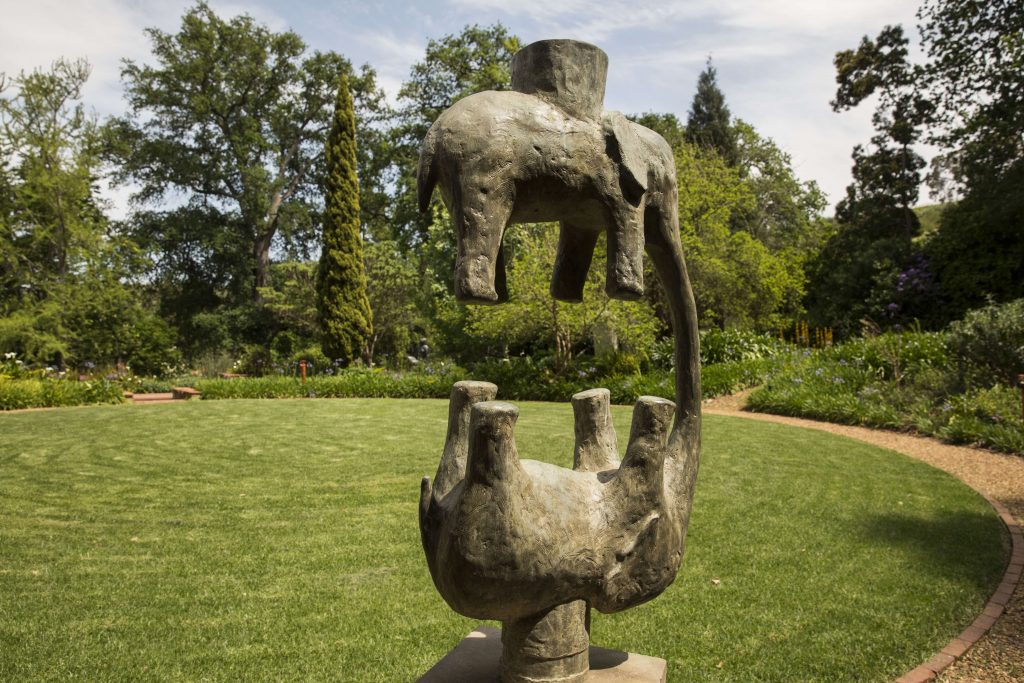
What inspired the construction of the garden?
When we bought the farm approximately 20 years ago, it was the garden as well as the beautiful setting that attracted us. We have worked with those bones and tried to improve the garden continuously. We have extended the original garden quite a bit and even the outlying areas are planted; we try to keep them in a good state as well. The garden has always separated into terraces that make it interesting and provide corners and little vistas to plant special plants.
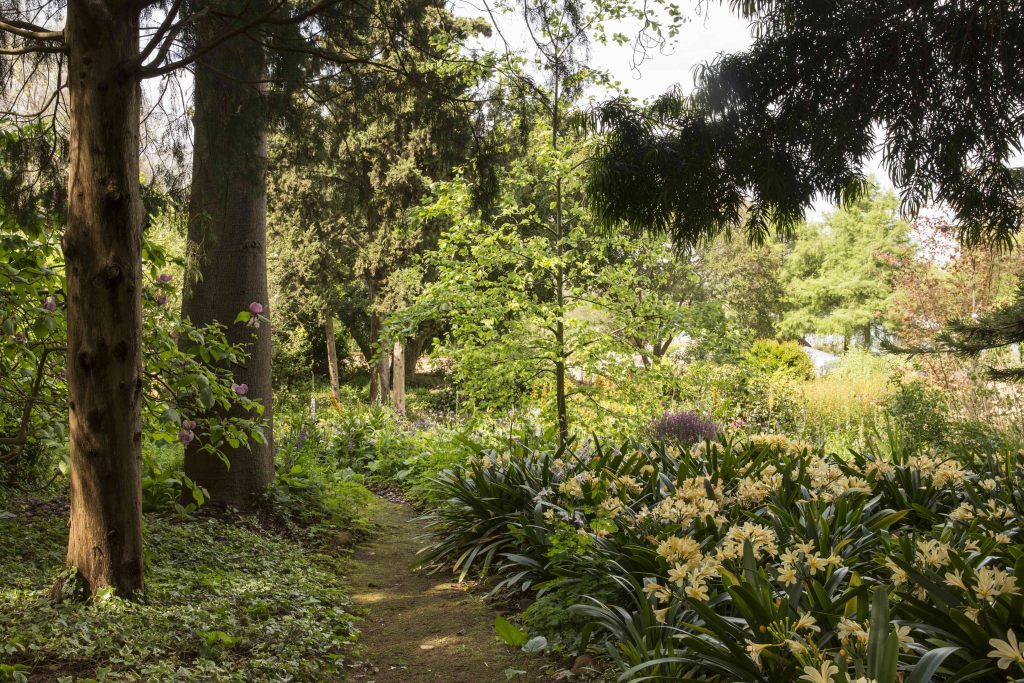
Tell us a bit about the various zones of the garden at Tokara.
The garden is entered via an indigenous garden, then one reaches the main garden with beautiful old trees and herbaceous beds. At the bottom of this garden, there is a large dam with a little boathouse. Behind the boathouse, we have the moss garden being designed. Past the house we have two sections. One is a flower picking garden. We pick for the house, of course, but provide the Deli and the restaurant with flowers once a week too. There are a wide variety of fruit trees as well. Next to the picking garden, we have another indigenous garden where we cleared brambles and replaced them with indigenous plants. Higher up in a little valley we have our vegetable garden with more fruit trees. We pick vegetables once a week and share with friends and family as well as the Deli and the restaurant.
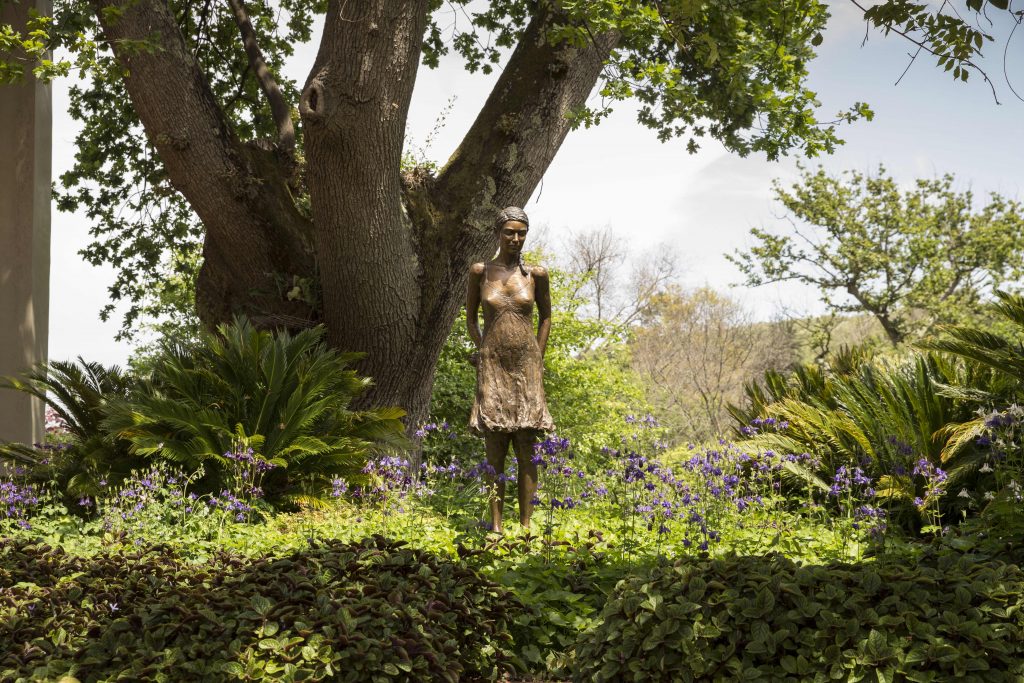
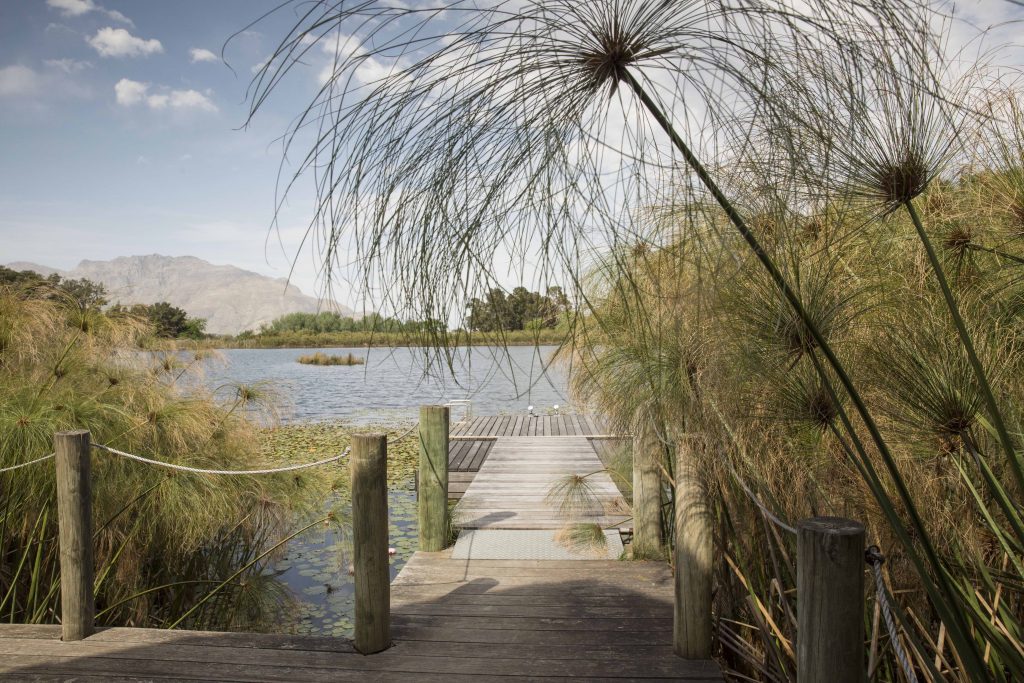
A moss garden is quite an interesting feature – what went into its design and construction?
I was introduced to Gert van Tonder, a moss garden expert who studied gardening in Kyoto, Japan, about two years ago. He suggested he design a moss garden for us. I was immediately intrigued by the idea and Gert has been busy constructing for two years. He’s spent months and months perfecting the placement of rocks, building a pond with beautiful little waterfalls and painstakingly planning the garden. He has a nursery on the farm where the moss is grown and special indigenous plants are nurtured to be transplanted to the garden when it is ready.
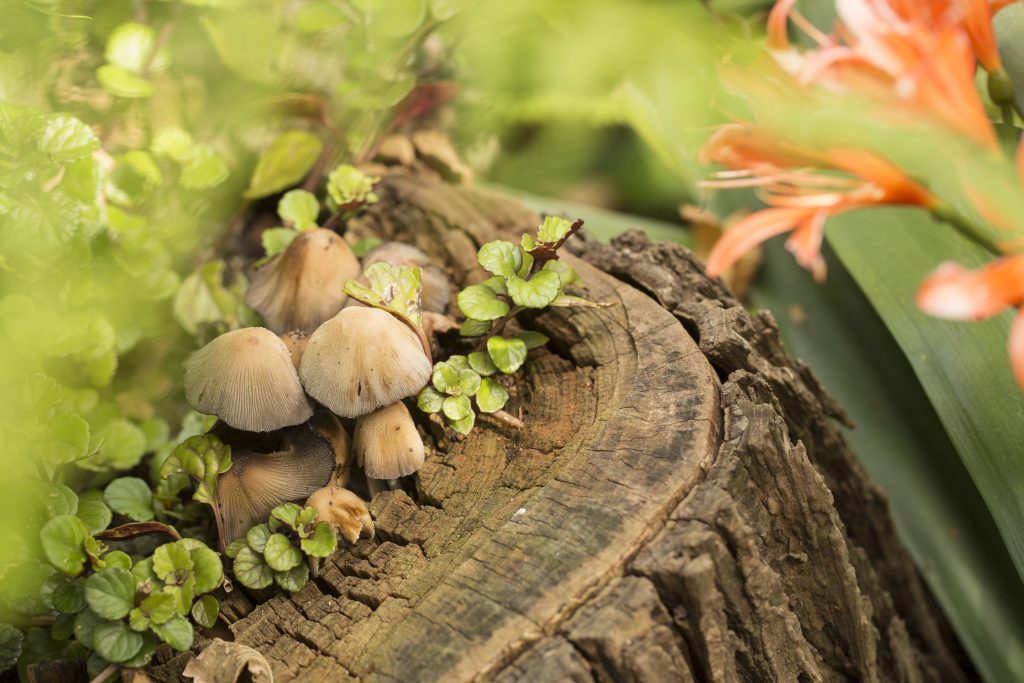
How would you describe the overall feel of the garden at Tokara?
The garden is very much a farm garden so plants that self-seed are welcome. If they are happy, they stay. The garden is not very structured – it’s a more rambling garden. I absolutely love plants, so I am very fortunate to have this huge garden that always has space for a new special plant.
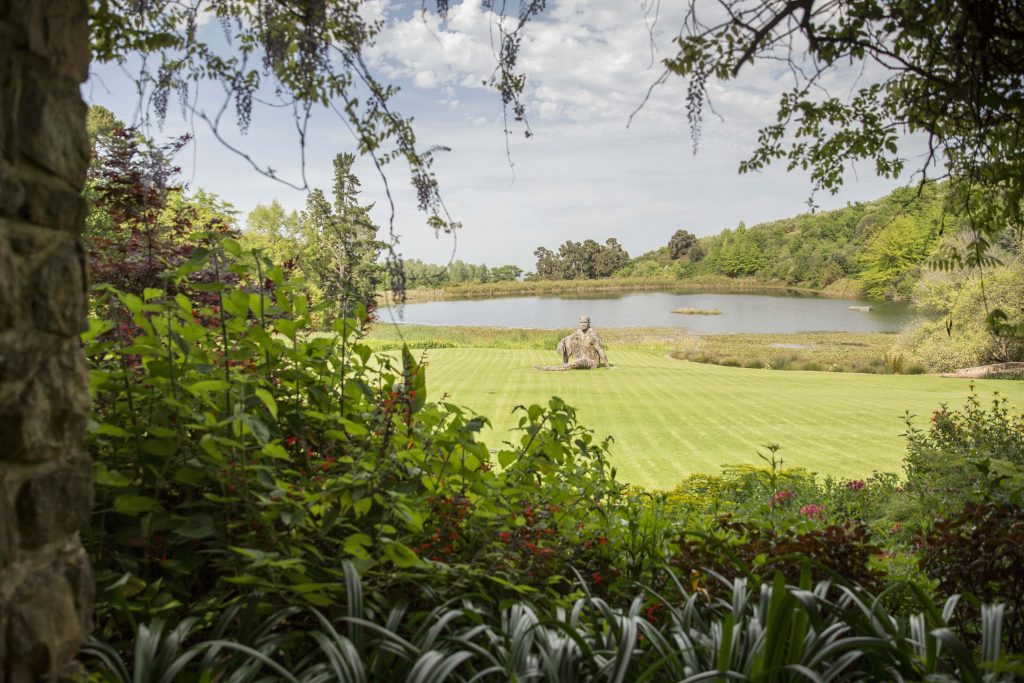
What is your favourite part of the garden?
I have no favourite part of the garden. Every part is special to me and always provide little surprises throughout the year. To me, a garden is beautiful all year, even in winter when the trees are bare and one only sees their branches.
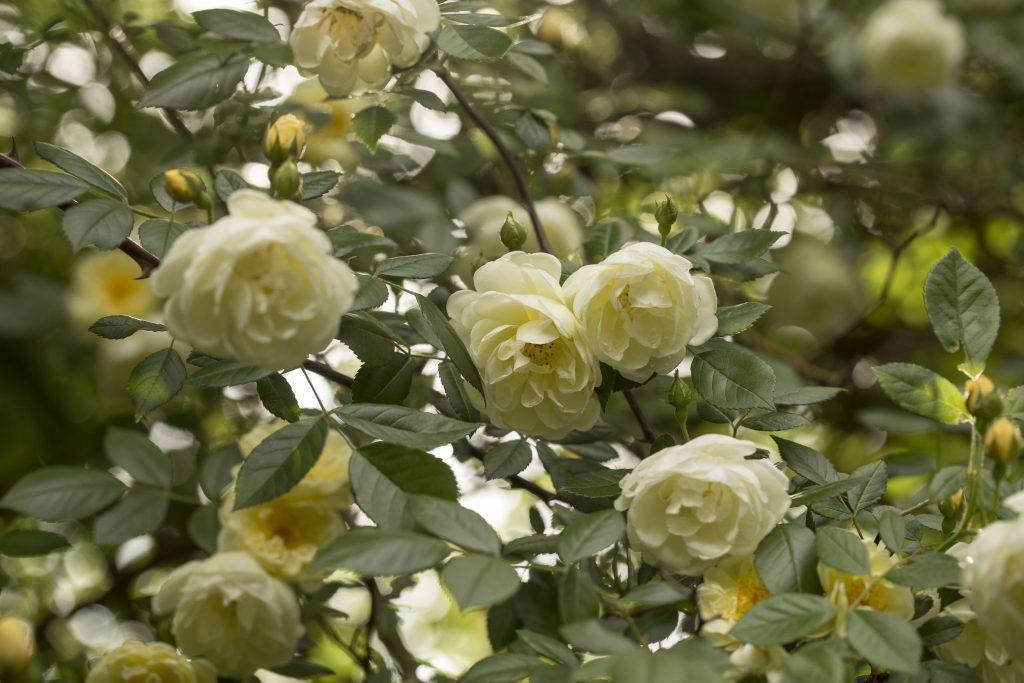
Are there any new garden projects in the pipeline?
The project we are trying now is the ‘no till’ method in the vegetable garden. The soil is smoothed down, then we overlap sheets of cardboard. Compost is added on top with pathways of mulch, then we plant our vegetables in little holes in the compost. As they grow, they push their roots through the cardboard and the cardboard smothers the weeds, the bane of all gardeners. So much time is saved the vegetables grow stronger and better at the same time.
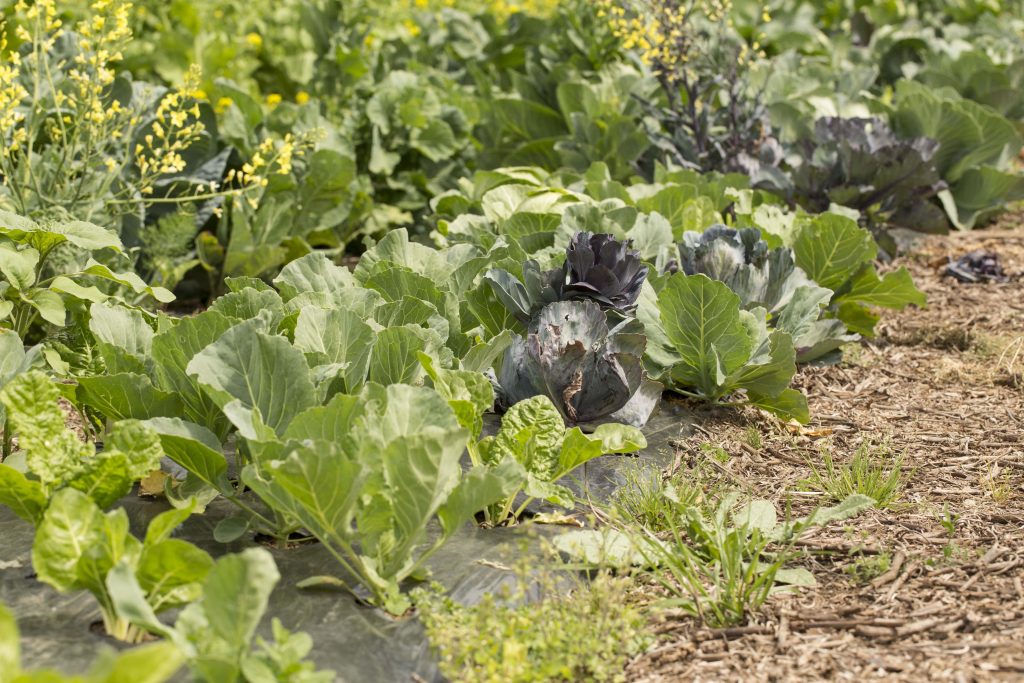
ALSO SEE: 5 VIRTUAL TOURS OF WORLD-FAMOUS GARDENS

